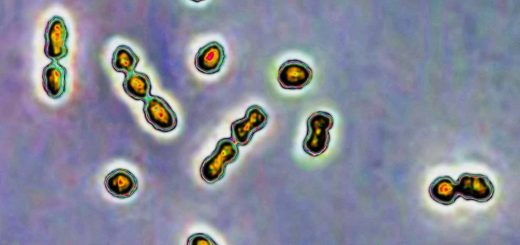We now know how many cells there are in the human body
New estimates for the number of cells in adults and children draw on over 1500 scientific papers detailing the different cell and tissue types in our bodies
By Jason Arunn Murugesu
18 September 2023
A coloured transmission electron micrograph of bone marrow cells
DR GOPAL MURTI/SPL
The average adult male has around 36 trillion cells in their body, while average adult females have 28 trillion, researchers have found. Unexpectedly, the mass of small cells in our bodies, such as blood cells, is roughly the same as that of large ones such as muscle cells – a finding that has puzzled researchers.
To count the number of cells in the human body, Ian Hatton at the Max Planck Institute for Mathematics in the Sciences in Leipzig, Germany and his colleagues analysed over 1500 scientific papers, looking at factors such how many cell types are there in the body, how many of each type are in each tissue and the average size and mass of each cell type. They found over 400 known cell types across 60 different tissues.
Using figures from the International Commission on Radiological Protection, which has collated the mass of every tissue in a 70-kilogram adult male, a 60-kilogram adult female and a 32-kilogram child, the team then estimated how many cells were in each body type.
Advertisement
“The key was looking for papers that described the number of cells in different tissues,” says team member Eric Galbraith at McGill University in Canada. “And then knowing that those kinds of tissue were made up of particular cells and knowing what the size range of those cells were.”
The team estimates that an adult female has 28 trillion cells and a child 17 trillion cells, with adult males sitting at 36 trillion. The first two estimates are based on papers that largely described adult males, so there is slightly more uncertainty in these figures, says Galbraith. “There’s unfortunately still more information for reference males than females or children,” he says.
Even for adult males, there is still quite a lot of uncertainty. “The distinction between the male, female and child is probably quite minor compared to other sources of error in the data,” says Hatton. “Even the variation between different male subjects of 70 kilograms may be comparable to the differences between male and female, so I don’t think it’s accurate to emphasise this difference.”


